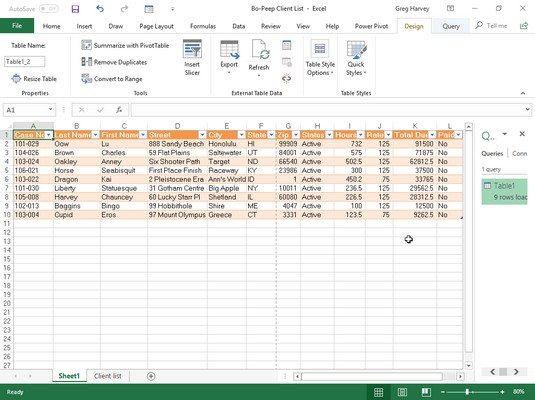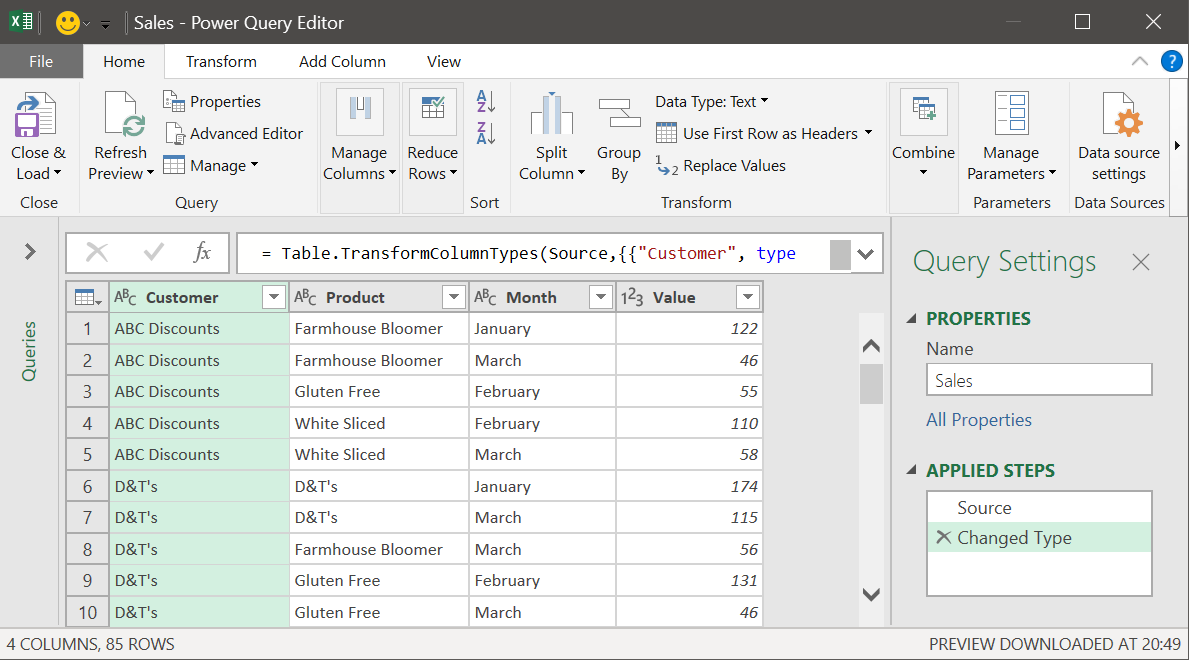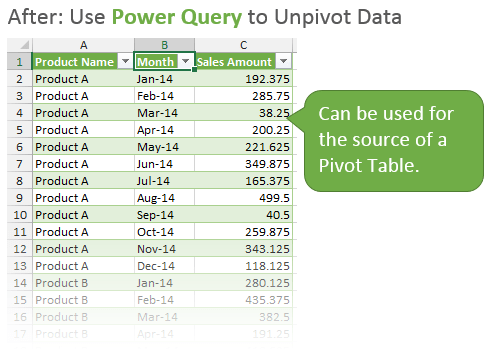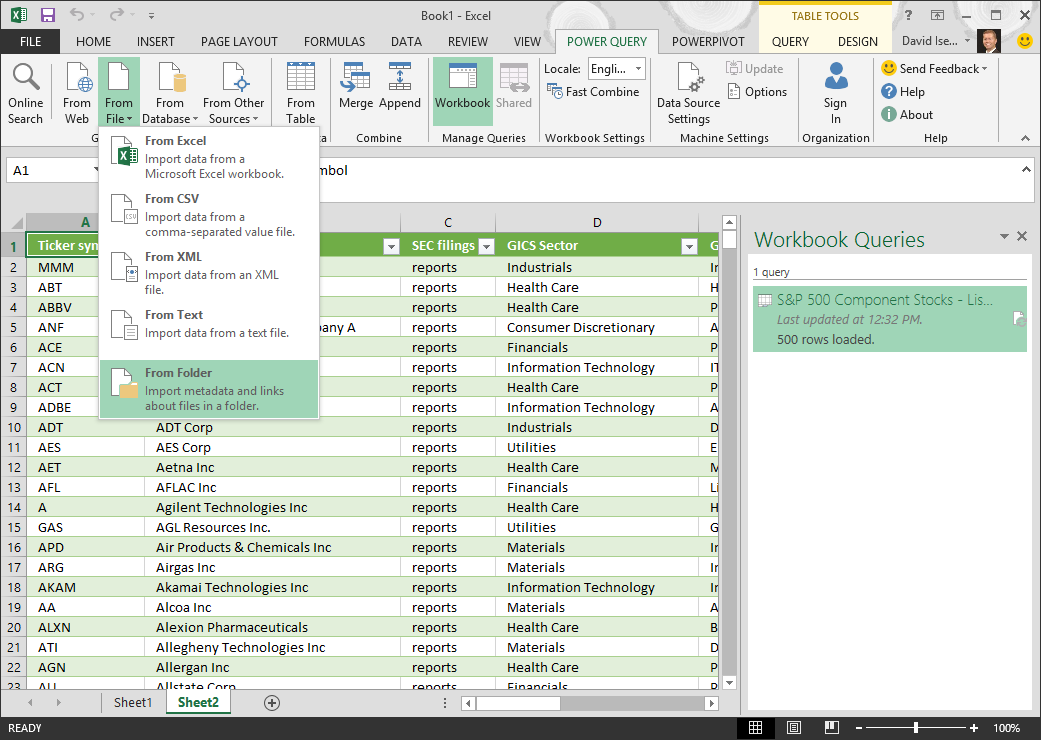


This experience included enhanced data import functionality, rearranged commands on the Data tab, a new Queries & Connection side pane, and the continuing ability to shape data in powerful ways by sorting, changing data types, splitting columns, aggregating the data, and so on. You can access the Power Query data import wizards and tools from the Get & Transform Data group on the Data tab of the Excel ribbon. We updated Power Query to be the primary experience in Excel for importing and cleaning data.

In Excel 2010 for Windows, we first introduced Power Query and it was available as a free add-in that could be downloaded from here: Download the Power Query add-in. Once enabled, Power Query functionality was available from the Power Query tab on the ribbon. The integration of Get & Transform Data (now called Power Query), into Excel has gone through a number of changes over the years. Queries replace the need to manually connect and shape data in Excel. When you refresh a query, each step runs automatically. You can even modify and write your own steps using the Power Query M Language in the Advanced Editor.Īll the transformations you apply to your data connections collectively constitute a query, which is a new representation of the original (and unchanged) data source. Each transformation is recorded as a step in the background. There are many transformations you can make from the user interface. Whether the transformation is a data connection, a column removal, a merge, or a data type change, you can view and modify each transformation in the APPLIED STEPS section of the Query Settings pane. The Power Query Editor keeps track of everything you do with the data by recording and labelling each transformation, or step, that you apply to the data. You can open the Power Query Editor by selecting Launch Query Editor from the Get Data command in the Get & Transform Data group, but it also opens when you connect to a data source, create a new query, or load a query. Power Query uses a dedicated window called the Power Query Editor to facilitate and display data transformations. It needs shaping into a table that is suitable for your needs and that enables attractive reports and dashboards.

A vase starts as a lump of clay that one shapes into something practical and beautiful. Each of these operations is a data transformation. This process of applying transformations (and combining) to one or more sets of data is also called shaping data. For example, you can remove a column, change a data type, or filter rows. Transforming data means modifying it in some way to meet your data analysis requirements.


 0 kommentar(er)
0 kommentar(er)
